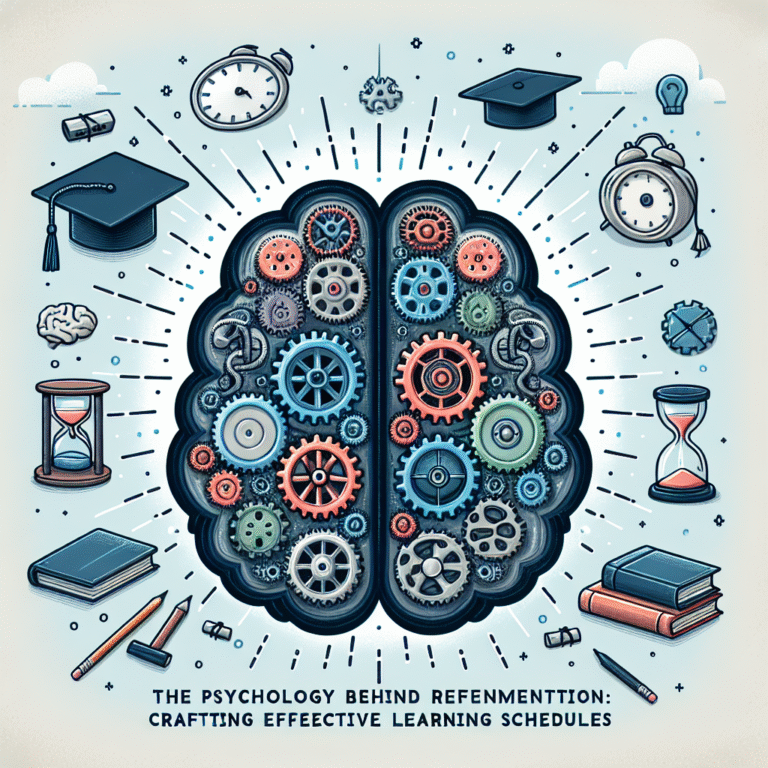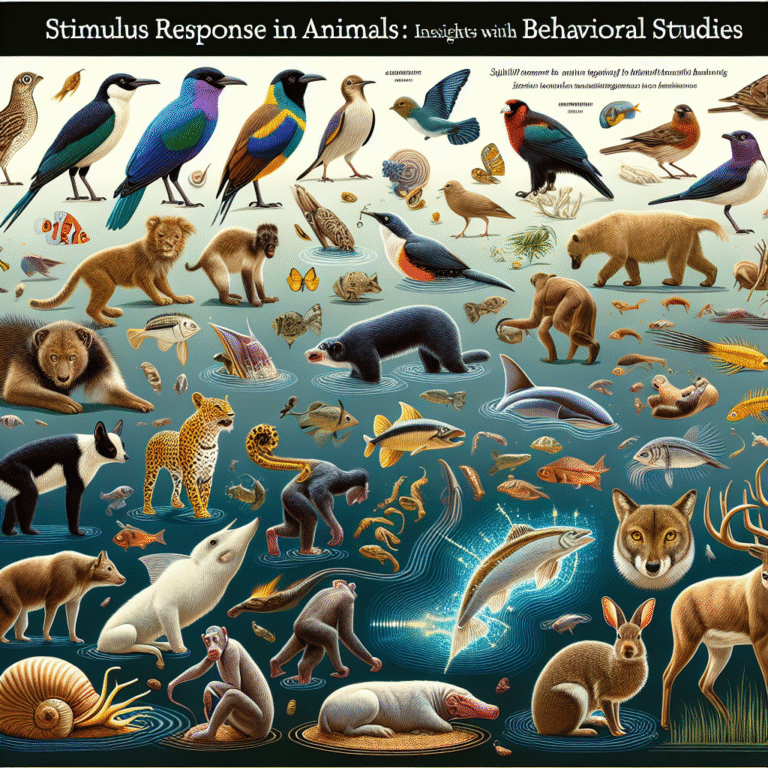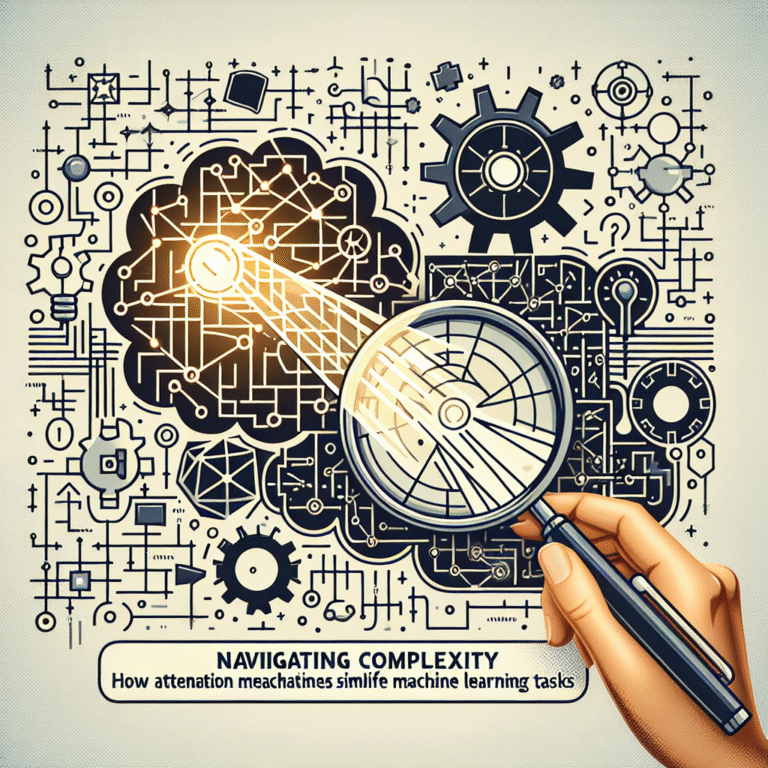
Introduction
Imagine sitting in a boardroom packed with eager minds, all vying for the best solution to a complex problem. Each person brings unique perspectives, experiences, and biases. However, the very dynamics within this group can determine whether they innovate brilliantly or spiral into confusion. Welcome to the fascinating world of group dynamics and decision-making, where the interplay of human behaviors significantly shapes outcomes. In this article, we delve deep into The Impact of Group Dynamics on Decision-Making: Insights and Solutions, exploring how groups influence decision-making processes and providing you with actionable insights to harness these dynamics effectively.
Understanding Group Dynamics
What Are Group Dynamics?
Group dynamics encompass the behavioral and psychological processes that occur within a social group. These processes manifest through interactions, relationships, and communication patterns, ultimately shaping the group’s effectiveness and decision-making capabilities.
The Importance of Group Dynamics in Decision-Making
The impact of group dynamics on decision-making is profound. Research shows that group decisions can lead to more robust outcomes than individual choices—but only if the group functions well. Effective dynamics can foster creativity, while poor dynamics can lead to groupthink, conflict, and wasted resources.
The Mechanisms of Group Dynamics at Play
Social Influence
Conformity vs. Non-Conformity
People naturally seek acceptance, which can lead to conformity. However, non-conformity can also drive innovation. Balancing these influences is crucial for effective decision-making.
Case Study: The Asch Conformity Experiment
In the 1950s, Solomon Asch explored conformity through a series of experiments. He discovered that individuals often conformed to a group’s wrong answer despite knowing better. This boundary of social pressure can hinder or help decision-making, depending on the context.
| Experiment | Group Response | Individual Response |
|---|---|---|
| Correct answer | Majority vote | 100% correctness |
| Incorrect answer | Majority vote | 75% conformity |
Communication Patterns
Open and transparent communication can enhance group interactions. Conversely, poor communication can lead to misunderstandings and decision fatigue.
Case Study: The Challenger Disaster
In 1986, NASA’s decision to launch the Challenger shuttle, despite engineers’ concerns about temperature and performance, showcased the catastrophic results of poor communication. Failure to address the engineers’ insights contributed to the tragic outcome.
Group Cohesion
Cohesion can be a double-edged sword. While it can promote trust and collaboration, excessive cohesion may lead to groupthink—an absence of critical thinking that stifles creativity.
Case Study: Bay of Pigs Invasion
The 1961 Bay of Pigs invasion suffered from excessive group cohesion. The decision-making group ignored dissenting opinions, leading to a disastrous outcome.
The Role of Leadership
Transformative Leadership
Leaders significantly influence group dynamics. Transformative leadership encourages participation, creativity, and trust, essential for effective decision-making.
Solution Insight: Leaders should cultivate an environment that values dissenting opinions and encourages open dialogue.
Decision-Making Styles
Shop floor managers and CEOs employ various decision-making styles. Some may prefer autocratic decisions, while others may embrace a democratic approach.
Solution Insight: Understanding team members’ preferences can help tailor decision-making processes.
Factors Affecting Group Dynamics
Size of the Group
The size of a group impacts dynamics and decision-making efficiency. Smaller groups often facilitate participation, while larger groups may create disengagement.
| Group Size | Decision-Making Speed | Participation Rate |
|---|---|---|
| 2-4 members | Fast | High |
| 5-10 members | Moderate | Variable |
| 11+ members | Slow | Low |
Diversity
Diversity in experiences and perspectives enriches group discussions but can also lead to conflicts.
Solution Insight: Embrace diversity while establishing ground rules for respectful debate.
Analyzing the Impact of Group Dynamics
Positive Impacts
- Enhanced Creativity: Varied perspectives can lead to innovative solutions.
- Shared Responsibility: Dividing the decision-making workload can improve outcomes.
- Increased Commitment: Collaborative processes often lead to higher commitment to decisions.
Negative Impacts
- Groupthink: A drive for consensus can stifle dissenting opinions.
- Social Loafing: Individuals may contribute less in larger groups, expecting others to carry the weight.
- Conflict: Differences in opinions can lead to interpersonal strife.
Solutions for Improving Group Dynamics in Decision-Making
Establish Clear Goals
Clarifying what the group aims to achieve can focus discussions and streamline efforts.
Foster an Inclusive Environment
Encouraging open dialogue will promote trust and participation.
Use Structured Decision-Making Techniques
Consider employing decision-making frameworks like SWOT analysis or nominal group techniques to harness focused discussions.
Conclusion
The impact of group dynamics on decision-making is a crucial aspect of organizational behavior that can lead to success or failure. By understanding the mechanisms at play and implementing strategies for improvement, groups can harness their collective strengths. The insights and solutions shared in this article provide a roadmap to navigate the complexities of group dynamics for effective decision-making.
In this ever-evolving landscape, remember that the ability to adapt and improve group dynamics is essential for both individuals and organizations aiming for excellence. Embrace the nuances of group interaction and cultivate a culture that values diverse opinions.
FAQs
1. What are the main factors that influence group dynamics?
Group size, diversity, communication patterns, and leadership style are critical factors.
2. How can I prevent groupthink in my team?
Encourage open dialogue and establish guidelines that promote respectful dissent.
3. Why is diversity important in decision-making?
Diversity introduces varied perspectives, fostering creativity and minimizing risk by avoiding homogeneous thinking.
4. How does leadership style influence group decision-making?
Leadership styles shape the environment and culture of the group, directly impacting participation and creativity.
5. What techniques can enhance group decision-making?
Techniques like brainstorming, nominal group technique, and the Delphi method can structure discussions and improve decision quality.
By leveraging The Impact of Group Dynamics on Decision-Making: Insights and Solutions, you can start transforming your teams and fostering an environment that thrives on collaboration and high-quality decision-making. Embrace these insights and lead your group towards success!

















